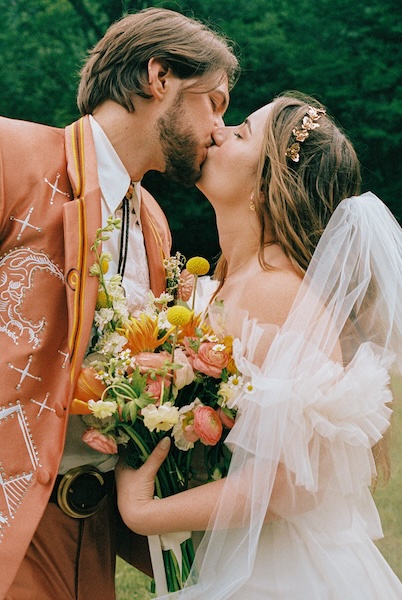Industry News
Fox Talbot Photo Collection Shatters Auction Estimates
April 28, 2021
William Henry Fox Talbot, an English scientist and inventor, produced various portraits of family members and friends as he experimented with his pioneering camera technology. The images sold at auction recently offer a rare glimpse of daily life in Victorian Britain in the 1840s. Here. Fox Talbot's valet and assistant, Nicolaas Henneman, is shown sitting next to an unidentified man holding a basket.
A photo collection that included nearly 200 images from one of photography’s early pioneers—William Henry Fox Talbot—just broke auction records last week, selling for a staggering $1.956 million even though the collection was only expected to net between $300,000 and $500,000. The event took place during a sale celebrating the 50th anniversary of Sotheby’s photography auctions and achieved a new record for Fox Talbot images after six bidders propelled that price to nearly four times the original estimate.

The collection was a set of prints, albums and books that Fox gifted to his half-sister, Henrietta Horatia Maria Gaisford and had remained in the family for nearly 170 years before coming to auction, Sotheby’s noted. The collection includes salt prints, two albums, his sister’s sketchbook, and two of the earliest books to publish photographs, Sun Pictures in Scotland and The Pencil of Nature.
[Read: Nikon L Rangefinder Prototype Auctioned Off for $468,850]

While modern photography has roots in several inventions from Louis-Jacques-Mandé Daguerre to Nicéphore Niépce, William Henry Fox Talbot is considered one of photography’s founders for his process using salt and silver nitrate. Talbot started as a scientist, but when he became frustrated at drawing illustrations, he began experimenting with creating light-sensitive paper.
[Read: What Are NFTs Anyway? A Photographer’s Guide to the Digital Art Craze]
He created a negative by soaking regular paper in salt and silver nitrate to create a temporary image. Talbot later worked to make the image a bit more permanent by washing the negative in sodium chloride before Sir John Herschel told him to try sodium hyposulphite and then wax on the negative.
Talbot’s new photographic process came around the same time as the Daguerreotype. Brittanica theorizes that if Talbot’s process had been published just a few weeks earlier, he would have been considered the founder of photography.
While Talbot’s scientific contributions to photography are unmistakable, the process was born in part out of artistic frustration. In a letter to his sister, Talbot once wrote that “the plates will be executed by persons who nothing whatever of drawing.” Despite those early artistic frustrations, Talbot became known as a photographer, not just a scientist creating the chemical process.
Of course, there’s undeniable creativity in invention too. In The Pencil of Nature, he wrote “…how charming it would be if it were possible to cause these natural images to imprint themselves durably, and remain fixed upon the paper!”
While the collection has now sold, photographers can view some of the early prints included at Sotheby’s.





